3 Ways To Get Rid of Bubbles In Your Epoxy
1. Taking a Hot Air Gun or Blow Dryer Over Areas that Contain Bubbles to Help them Come to the Surface and Pop
After applying resin to a surface, examine for bubbles. If the resin is still wet, heat can be applied to draw the air bubbles to the surface. A variety of tools can be used, including those with and without a flame. It is imperative to make sure the brand of resin that is being applied is not flammable. Most epoxy resins are flammable, and a flame should never be placed directly on the surface.
To remove small bubbles when the resin is still wet, use a hot air gun, or blow dryer, directly above the bubbles and it should vent out and fill with resin. These tools will be able to generate quick air movement across the coating, while also providing ventilation. Be sure always to exhaust air rather than blowing with wall fans.
2. Using A Roller To Pick Out The Bubbles From The Floor
If bubbles are seen while applying the primer, a metal porcupine roller can be used to pop the surface tension as bubbles start to develop. This can often prevent the outgassing bubble from forming and allow the primer to fill in the pinhole that would otherwise be created. This method of removing bubbles will ensure that bubbles will not appear in subsequent coats.
3. Using Acetone In A Spray Bottle And Lightly Spraying The Floor
Spraying a fine mist of acetone, or another denatured alcohol, over the surface of an epoxy floor coating will pop air bubbles as well as lower the viscosity of the surface and flatten it out. There is little risk in this method because denature alcohol evaporates reasonably quickly and does not cause air bubbles to propagate. A fine mist is required for this method to get rid of bubbles. To achieve this, purchase a bottle of hairspray, or any bottle with a push button pump, and fill the bottle with acetone.
How To Prevent Bubbles In Your Epoxy Floor
Apply The Correct Amounts of Solvent Into Your Epoxy Mix
To add a thinner to the epoxy to enable the epoxy product to flow better, and also allows for a few extra square meters per pack. However, solvents do evaporate from the screen which results in many pinholes in the epoxy. Most bubbles that emerge due to too much thinner will burst on their own, while many others will remain in the epoxy. Thus, if thinner is required in the epoxy mix, be aware, and keep the amount at an absolute minimum.
When Mixing Epoxies, Use Neutral Speeds
When mixing the two parts of an epoxy flooring system, many prefer to use a high-powered mixer to get the mixing done quickly. High powered mixing, although efficient, will lead to more bubbles emerging in the epoxy – it is possible to whip air into the mixture and later causing bubbles. To avoid this, try using an adjustable speed mixer, to ensure that you have full control over the speed of mixing. The best method to complete the mixing is to mix at low speed around 300 rpm for no more than two minutes, than 30 seconds at 1500 rpm. Before pouring the product on the floor, let the product settle for a few minutes in the mixer.
Conduct Moisture Tests On The Slab
When applying epoxy to a floor, humidity can cause many types of problems on epoxies like delamination, blistering, and bubbles when the epoxy reacts with the water. Moisture present in the concrete subfloor can cause bubbles to form in the liquid epoxy application.
It is crucial that when applying the epoxy, the slab is completely dry. Moisture under the slab can create a hydrostatic pressure that will cause the epoxy to separate from the surface, sometimes taking pieces of concrete with it. To make sure that your slab is entirely dry, conduct a moisture test using a Calcium Chloride Kit on the slabs that you are working.





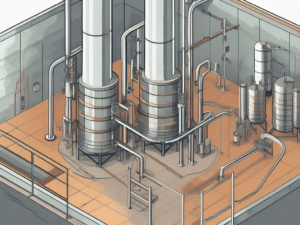

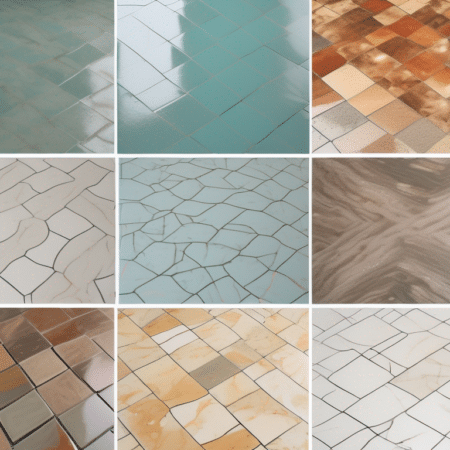
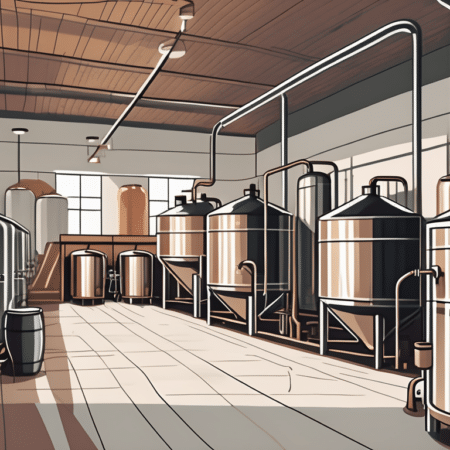
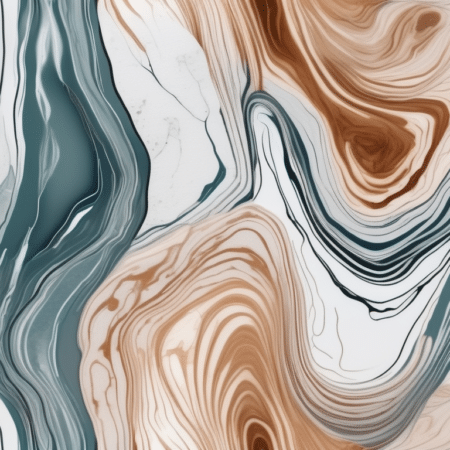

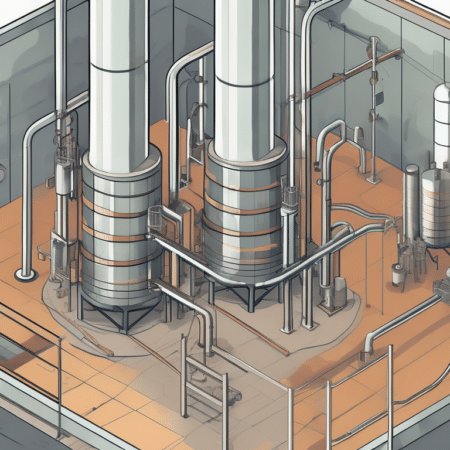
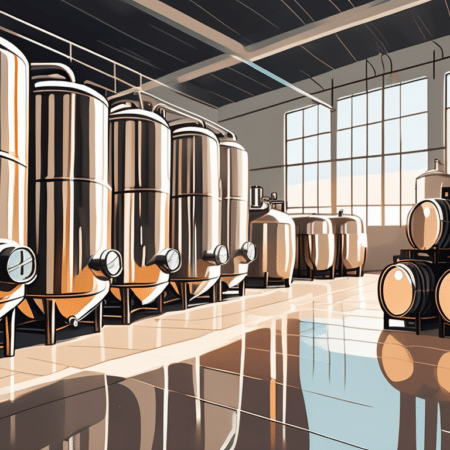
9 thoughts on “How To Get Bubbles Out Of Epoxy”
According to this Caesarstone post, DIY epoxy kits are expensive. Is it because it includes a heat gun and other materials like a roller? The total cost will also depend on the brand, amount, and extras. What are the usual inclusions in a DIY epoxy countertop kit?
Ma primer coat has alot of bubbles. Since the floor is now sealed, will the next epoxy coat be affected by the bubbles in the primer coat?
Denis,
Bubbles were most likely caused from trapped air/moisture. This means your floor most likely emits small amounts of vapor which is the root cause. Any coatings you put on-top of the floor will most likely result in more bubbles. You will need to apply a moisture vapor barrier product that helps to prevent this.
The Brew Floors Team
We made a “beach” countertop and backsplash last spring, on top of our old formica countertop, we sanded, cleaned and poured – it turned out great!
I mixed beach sand and small shells and poured a thin layer of epoxy, after it was cured we sanded it, cleaned it and put a final coat of epoxy on it. It looked great and turned out better than expected. Now almost a year later I noticed it has developed 2 large bumps/bubbles in it. So (1) how do we fix it and (2) why did this happen? Thank you!
Teresa,
It sounds like moisture might have gotten caught under the coating leading to some of the bubbling. I am not sure what product you use either and it’s possible that the coating might not have adhered properly upon initial pour onto the formica countertop.
The Brew Floors Team
Our epoxy bar top isn’t drying in small places. Can spraying alcohol on it help absorb the moisture and help it cure?
How long has it been since you applied the epoxy. Most coatings should cure within 24 hours of application.
Thank you for these amazing tips! Does that affect the final condition of the epoxy? Is it possible to remove them 100%?
Hi Teodora,
No it will not affect the final coating in any major way. Bubbles are a nuisance and the goal is to get rid of them to the best of your ability. Even if you have some remaining this is okay, you just do not want to cause more harm than good when trying to remove them so be sure to test in a small areas and work your way across the floor.
Also – if you are more concerned about the aesthetics of the floor then adding decorative flakes/chips can greatly help reduce the visual impact bubbles can have while adding another layer of grit to strengthen the non-slip resistance of your floor.
Cheers!